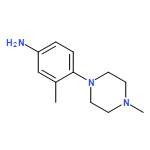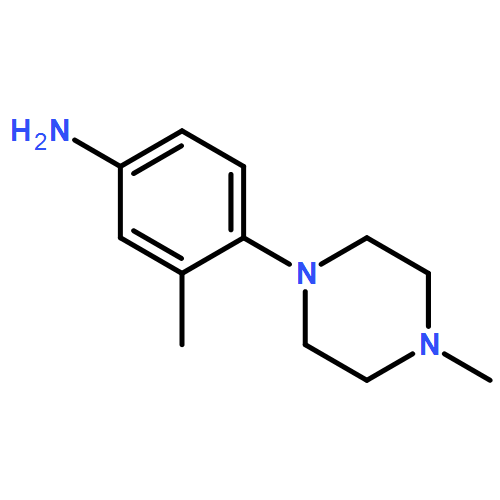Co-reporter:Bingfeng Guo, Wei Zhou, Shuai Liu, Yanlan Liu, Jinhua Wang, Renhe Yin
Fuel 2015 Volume 143() pp:236-243
Publication Date(Web):1 March 2015
DOI:10.1016/j.fuel.2014.11.044
•The effect of γ-ray irradiation on coal structure is investigated.•The addition of H2O or H2O2 enhances the coal irradiation reaction.•40 kGy is proved to be the optimum dose for coal electrolysis liquefaction.•The combination of irradiation and electrolysis improves the yield to 58.46%.A novel combination method of γ-ray irradiation and electrochemical hydrogenation was developed for Shenhua coal liquefaction, which was enhanced to generate higher cathodic hydrogenation reaction current and better liquefaction yield. The irradiated coal and the liquefaction products were analyzed by scanning electron microscopy (SEM), Brunauer–Emmett–Teller measurement (BET), infrared spectroscopy (IR), element analyses, gas chromatography (GC), thermal gravity analysis–differential scanning calorimetry (TG–DSC), linear sweep voltammetry (LSV) and 1H nuclear magnetic resonance (1H NMR). The results showed that γ-ray irradiation was effective in reducing the size of the coal particles and breaking bridge bonds in the coal macromolecules, resulting in the enhancement of the electrochemical reduction and hydrogenation reaction. With the addition of H2O and H2O2, the irradiation reaction of coal was markedly enhanced by the increasing free radicals and liquefaction yield was highly increased to 58.46%. The mechanism of coal irradiation effect on the structure of Shenhua coal was also discussed.
Co-reporter:Weimin Cao, Wei Li, Renhe Yin, Wei Zhou
Colloids and Surfaces A: Physicochemical and Engineering Aspects 2014 Volume 453() pp:37-43
Publication Date(Web):5 July 2014
DOI:10.1016/j.colsurfa.2014.03.088
•Cu–Sn core–shell nanoparticles have been synthesized through displacement reaction.•The nanoparticles are of an average size of 30 nm.•The Sn shell of 2–3 nm thickness prevents the oxidation of the Cu core.•Conductive ink prepared with the nanoparticles shows high stability.Highly stable Cu–Sn core–shell nanoparticles with an average size of 30 nm are synthesized by displacement reaction, which is triggered by the complexation of thiourea with copper nanoparticles. A thin Sn metal shell of 2–3 nm thickness has been fabricated onto the surface of Cu nanoparticles, resulting in the Cu–Sn core–shell structure. SEM, HR-TEM, EDS, DLS, UV–vis, IR, XPS and TGA measurements have been employed to characterize the special core–shell structure, and to confirm the stability of nanoparticles toward oxidation. It has been found that the thin Sn shell prevents the Cu core from oxidation. The effect of thiourea on the Sn reduction is also discussed. Conductive ink prepared using the nanoparticles shows high stability over a long period of storage, and are hopeful to be applied for inkjet printing technology.
Co-reporter:Chao Wang, Yonggang Zhao, Wei Zhou, Huaiyou Liu, Renhe Yin
Electrochimica Acta 2011 Volume 56(Issue 18) pp:6299-6304
Publication Date(Web):15 July 2011
DOI:10.1016/j.electacta.2011.05.039
A TiO2/Pt based electrode exhibited better activity for the oxidation of coal in a basic system compared to Ti/Pt, TiO2–Cu/Pt and pure metal electrodes. The surface morphologies and composition of the electrodes were studied by SEM and XRD, respectively. Linear sweep voltammetry was employed to investigate the catalytic effects of electrodes, and the product of coal oxidization was determined by a gas collection test. The TiO2/Pt electrodes that were modified with NiO and/or Co3O4 exhibited higher average currents and a lower decrease in mass during electrolysis compared to the other electrodes; this finding indicated that NiO and Co3O4 play important roles as catalysts.Highlights► Electrodes based on porous TiO2/Pt substrate were employed for the electro-oxidation of coal in basic electrolyte system. ► TiO2/Pt electrodes modified with NiO and/or Co3O4 catalysts show great activity in the electro-oxidation of coal. ► Hydroxyl radical generated by the metal oxide plays important role in the reaction.



















![1H-Isoindole-1,3(2H)-dione, 2-[[(4-hydroxyphenyl)amino]methyl]-](http://img.cochemist.com/ccimg/313500/313493-98-0.png)
![1H-Isoindole-1,3(2H)-dione, 2-[[(4-hydroxyphenyl)amino]methyl]-](http://img.cochemist.com/ccimg/313500/313493-98-0_b.png)